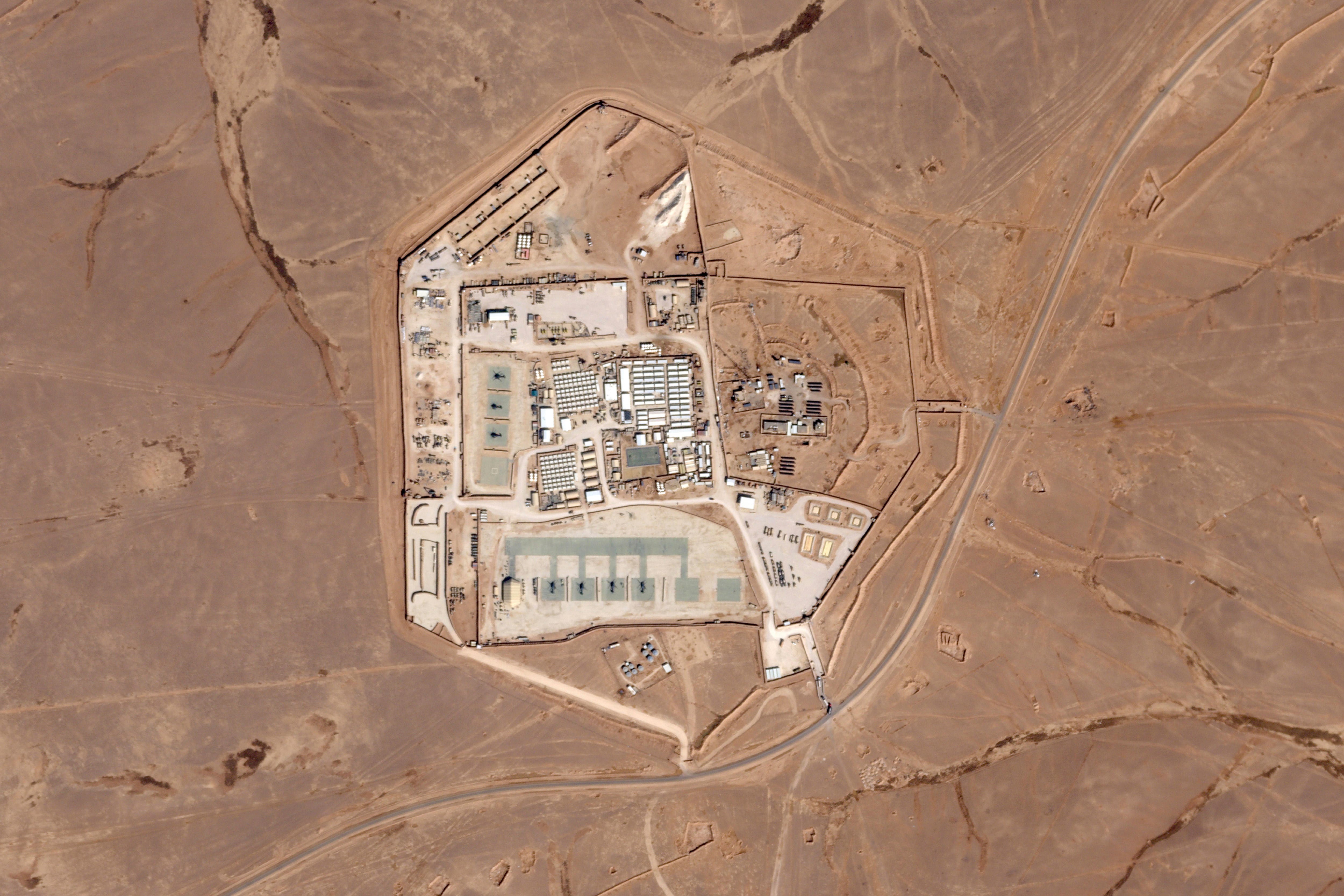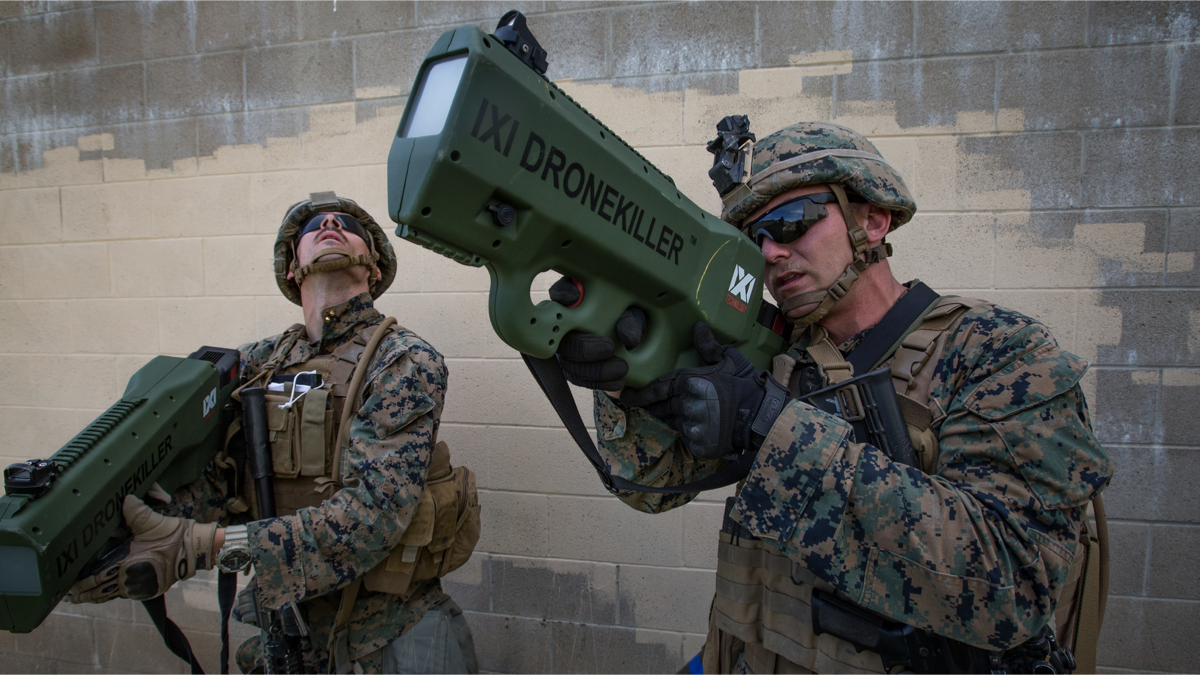There was “nothing new” about the way in which an airborne drone attacked U.S. troops in Jordan on Sunday, killing three U.S. soldiers, a Pentagon spokeswoman told reporters on Monday.
But while the attack bore similarities to dozens of recent strikes against U.S. bases in the region since October, it remained unclear precisely why Sunday’s attack was successful when prior attacks were either shot down or landed away from populated areas of American bases.
U.S. Central Command is investigating exactly what happened, Sabrina Singh said, and she declined to confirm or deny media reports that the drone used in the attack was mistaken for a U.S. drone that had been airborne at the same time.
The Pentagon believes it’s possible that the more than 160 similar attacks on U.S. forces in Iraq and Syria in recent months also intended to kill, even if they previously had not.
“Unfortunately, this attack was successful,” Singh said of Sunday’s attack on the base known as Tower 22 on the Jordan-Syria border.
That attack drone struck a housing building early in the morning, Singh said, which helps explain why it caused so many casualties, including the deaths of three soldiers assigned to a Georgia-based Reserve unit.
They are Army Sgt. William Jerome Rivers, 46, of Carrollton, Spc. Kennedy Ladon Sanders, 24, of Waycross, and Spc. Breonna Alexsondria Moffett, 23, of Savannah of the 718th Engineer Company, 926th Engineer Battalion, 926th Engineer Brigade, out of Fort Moore.
Eight additional troops were medically evacuated to Baghdad for evaluation, and three of those will fly on to Landstuhl Regional Medical Center in Germany for continued care, according to Singh.
More than 40 troops in all were injured in the attack, Singh said, a number that could continue to rise if troops experience delayed traumatic brain injury symptoms.
President Joe Biden on Sunday blamed Iran-backed militias for the first U.S. fatalities after months of strikes by such groups against American forces across the Middle East since the start of the Israel-Hamas war.
RELATED

The attack brings the total attacks on bases housing U.S. troops in the Middle East to 165, including 98 in Syria and 66 in Iraq, with 80 non-life-threatening injuries between them.
Both the White House and Pentagon have described the attack in Jordan as an escalation of tensions, though Singh repeatedly said the Pentagon does not consider the attack in Jordan an expansion of any conflict.
The attack has the hallmarks of similar Iran-backed militia attacks in Iraq and Syria, Singh said, specifically those carried out by Khata’ib Hizballah.
The administration has said it will launch retaliatory strikes, but hasn’t offered details of when or where. Previous retaliatory U.S. strikes have targeted weapons and training facilities Syria and Iraq.
The Associated Press contributed to this report.
Meghann Myers is the Pentagon bureau chief at Military Times. She covers operations, policy, personnel, leadership and other issues affecting service members.








